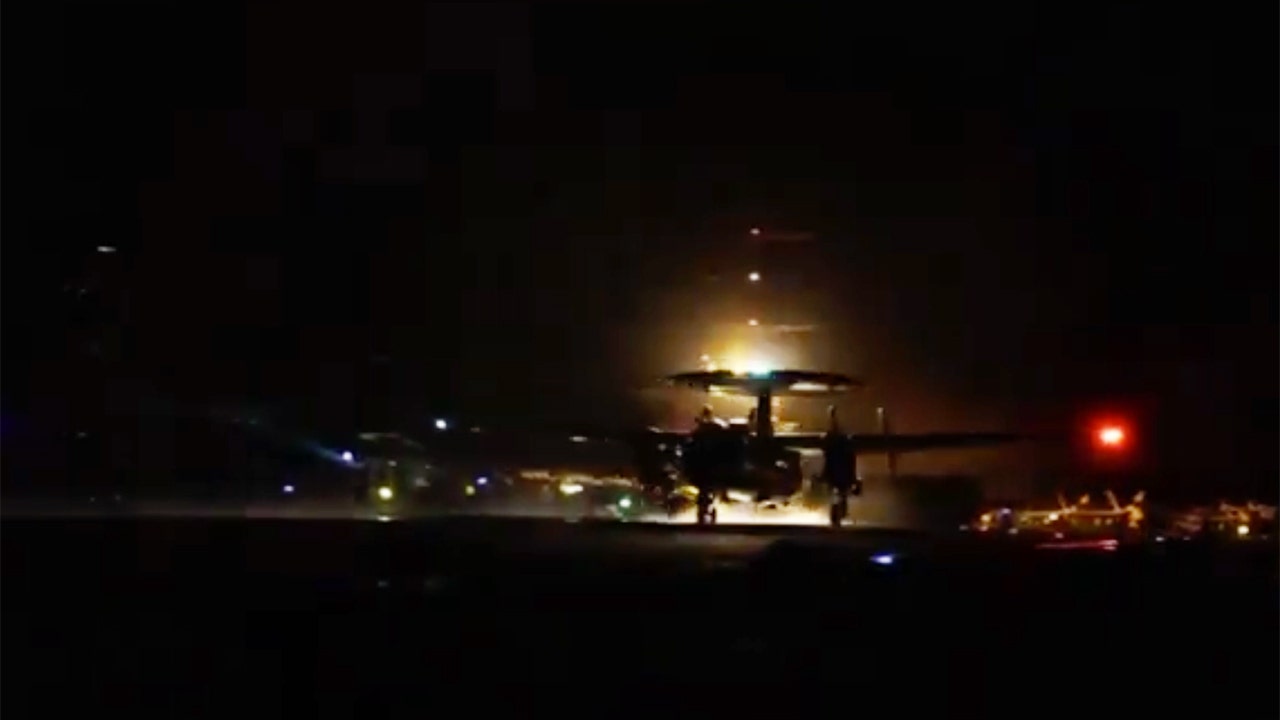World
In A First, US Uses Advanced B-2 Stealth Bombers Against Houthis In Yemen

New Delhi:
The United States launched a series of airstrikes on Wednesday evening targeting key underground weapons storage facilities controlled by Iran-backed Houthi rebels in Yemen. The strikes, carried out by B-2 Spirit stealth bombers, marked the first-ever use of these advanced aircraft against Houthi targets since the beginning of US involvement in the Yemen conflict.
The US Department of Defense confirmed that five Houthi weapons storage sites, deeply buried underground, were struck in the mission. According to US Defense Secretary Lloyd Austin, these facilities housed advanced conventional weapons used by the Houthis to threaten civilian and military vessels operating in the Red Sea and Gulf of Aden.
Deployment Of B-2 Bombers
The B-2 Spirit bomber, known for its stealth capabilities and heavy payload, is capable of delivering a far greater volume of ordnance compared to fighter jets. The B-2 offers the US military an unparalleled ability to strike high-value targets that are either deeply fortified or well-concealed.
Mr Austin explained that the strikes were authorised at the direction of President Joe Biden. “This was a unique demonstration of the United States’ ability to target facilities that our adversaries seek to keep out of reach, no matter how deeply buried or fortified,” Mr Austin stated.
Growing Regional Tensions
The timing of the strikes comes amid heightened tensions in the Middle East, with US allies, particularly Israel, facing ongoing threats from Iran and its various regional proxies. The Houthis, operating from Yemen, have consistently launched attacks on commercial shipping and military vessels, disrupting one of the world’s most critical maritime trade routes. In recent months, these attacks have escalated, with the group claiming responsibility for launching ballistic and cruise missiles as well as drones against US Navy ships and international vessels.
The Houthis’ activities in the Red Sea and Gulf of Aden, targeting vessels with weaponry that originated from these underground storage sites, have raised alarms about the security of global trade routes and the potential for environmental catastrophes. In August, a Greek-flagged vessel came under attack, leading to an oil spill and serious environmental concerns.
In September, the Houthis escalated their campaign, launching approximately two dozen ballistic and cruise missiles, as well as drones, aimed at three US Navy destroyers. Although none of these missiles struck their targets, the attacks prompted increased military activity from US forces in the region.
Houthi Attacks Tied To Regional Conflicts
The Iran-backed Houthis have framed their actions as part of a broader alignment with groups like Hamas and Hezbollah, who are actively engaged in ongoing conflicts with Israel. Following an attempted missile strike deep inside Israel in September, the Houthis have openly declared their support for these groups. While the missile ultimately fragmented in mid-air and caused no injuries, Israeli Prime Minister Benjamin Netanyahu warned the Houthis would “pay a heavy price” for their actions. In retaliation, Israeli airstrikes targeted Houthi positions in Yemen shortly after the incident.
READ | How Yemen’s Houthi Rebels Got Hold Of Ballistic Missiles To Attack Israel
In the following weeks, the Houthis have continued launching missiles and drones toward Israel, further complicating the regional security landscape. These actions, combined with continued Houthi assaults on international shipping, have drawn significant military responses from the United States and its allies.
Wednesday’s strike on Houthi facilities adds to a series of US military actions aimed at curbing the Houthis’ growing arsenal and degrading their operational capabilities. US Central Command (CENTCOM) confirmed that there were no immediate civilian casualties from the latest strikes. Over the past year, the US has increased its military presence in the region, including the deployment of advanced naval assets such as carrier strike groups, amphibious ready groups, and guided missile destroyers, along with air support in the form of fighter jets and attack aircraft.










